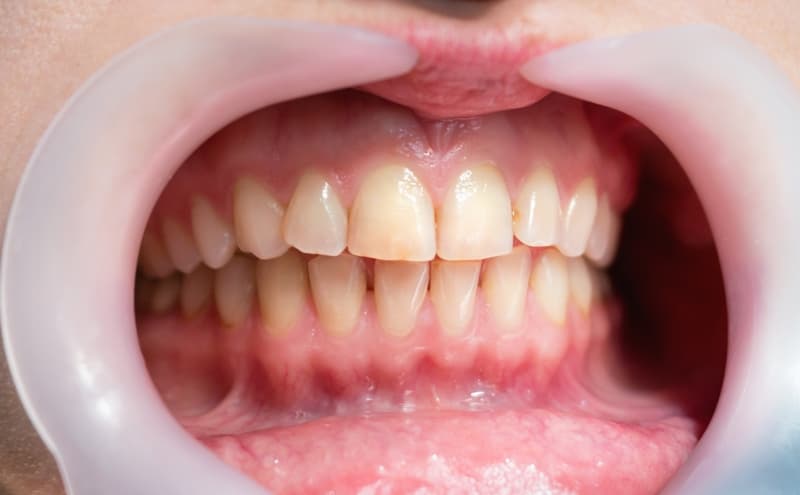Important Things to Know about Gum Disease

Periodontal (gum) disease infects the soft gum tissue and the ligament around the teeth. When left untreated, the damaged tissue can recede and detach from the teeth, eventually resulting in tooth loss. Some studies even reveal that the gum inflammation that results from gum disease is associated with other conditions such as diabetes and cardiovascular disease. Visiting the Best Dentists In Sarnia Ontario on a regular basis is important to discover gum disease in the early stages and treat it effectively. Treating gum disease is a thorough process that may sometimes be invasive.
How Gum Disease Develops
Plaque accumulation on teeth and gums will cause gum disease. Such accumulation results from poor oral hygiene. When left unaddressed, the bacteria buildup will advance below the gum line, causing damage to the underlying gum attachment and surrounding bone around the roots of the tooth.

To fight the infection, the immune system makes an inflammatory response to isolate the bacteria and eliminate them from the body. When either side in the war gets an advantage, the inflammation becomes chronic, harming the gum tissues. This will lead to symptoms such as redness, bleeding, and swelling gums as well as bad breath and taste. If the patient experiences symptoms such as shifting or loose teeth, this may mean that some of the gum tissues may have started to detach from the teeth. This is already an advanced stage of gum disease. When these signs are experienced, it’s important to visit a dentist right away to get an accurate diagnosis and treatment.
How to Treat Gum Disease
To treat gum disease, a dentist will remove plaque and hardened plaque deposits called calculus from the surfaces of the tooth. Typically, this is carried out manually with local anesthesia. This procedure is called scaling performed using scalers or with an ultrasonic device. Root planing reaches the roots of the tooth to clean or plane plaque and tartar from the toot surfaces. It is also possible for the patient to go through antibiotic therapy or use anti-bacterial mouth rinses to minimize the bacterial levels of their mouth.
When the gum disease has advanced, the patient may need more invasive treatment because of some issues that may arise. In the advanced stage, pus-filled periodontal pockets may have developed. Cleaning these pockets is not possible with basic scaling. That is why a procedure called flap surgery needs to be done.

How to Prevent Gum Disease
Even if the patient underwent extensive gum disease treatment, they may still experience a recurrence when they don’t practice good oral hygiene. Daily brushing and flossing should be seriously integrated into one’s Sarnia Living to eliminate plaque. But, regular professional cleaning removes hard-to-reach plaque and calculus. Also, it might be important to change their eating habits to a more dental-friendly diet to help in preventing gum disease and other dental issues. This can mean consuming more fruits and vegetables while ingesting less sugar and other carbohydrates which contribute to bacterial damage. Stopping harmful habits like tobacco use is also important to prevent gum diseases from developing.










